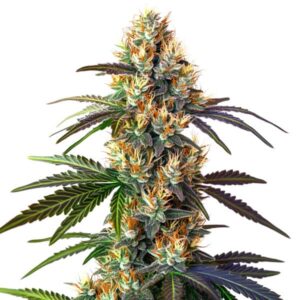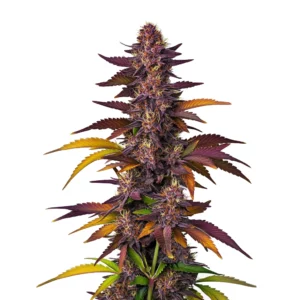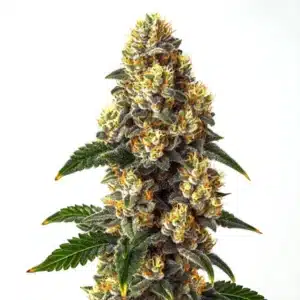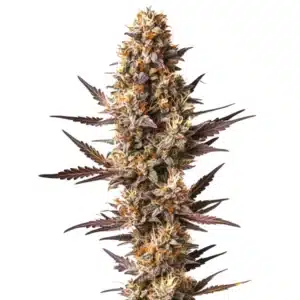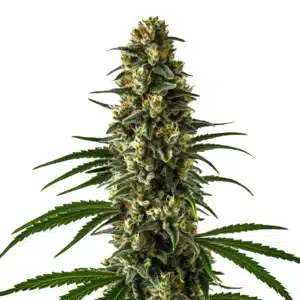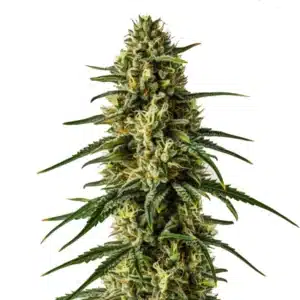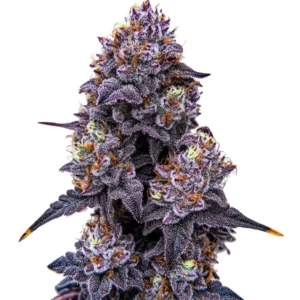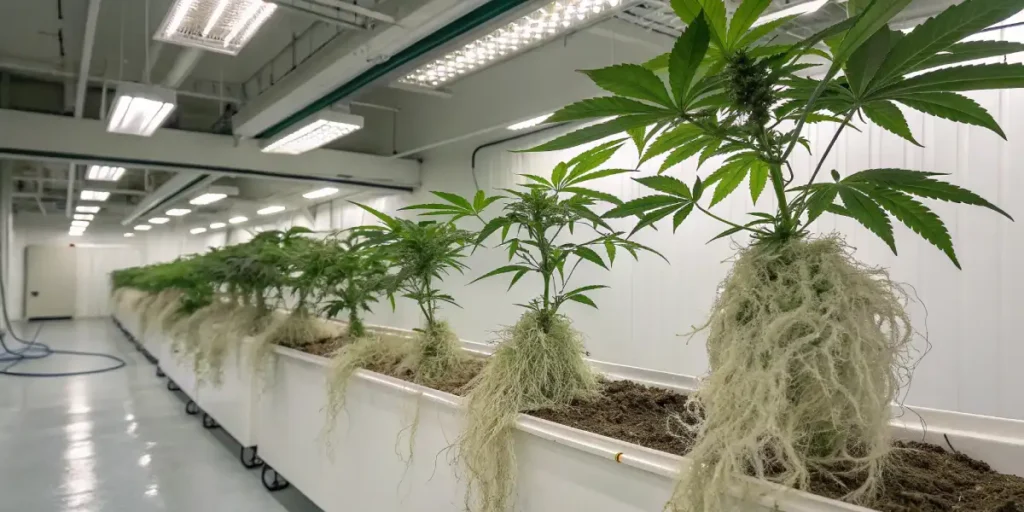
The DWC Killer: How to Defeat White Mold and Root Rot
You lift the lid on your DWC bucket, your heart full of hope, and then you see it. A horrifying, slimy, white fuzz strangling the beautiful roots of your plant.
People call it “white mold,” but let’s be brutally honest: you are almost certainly looking at the beginning of Pythium, the fungus that causes root rot. This is the number one assassin of hydroponic grows. But don’t panic. This is a battle you can win, and I’m going to show you how to make your DWC system a fortress where this enemy can never again survive.
Recommended Strains
The Real Cause: You’ve Built a Swamp in Your Bucket
This isn’t some mysterious disease that appeared from nowhere. Root rot has one cause: a bad environment. Pythium thrives in one specific place: a warm, stagnant swamp with no oxygen.
If your reservoir water is warm and isn’t bubbling like a jacuzzi, you have rolled out the red carpet for this fungus. The roots begin to suffocate, weaken, and decay, and Pythium shows up for the feast.
The Three Pillars of a Rot-Proof DWC System
To defeat this enemy, we must destroy its home. Your entire prevention strategy comes down to three non-negotiable pillars.
Pillar 1: Keep It COLD and Bubbling. This is your most important job. Your nutrient solution must be kept cool, ideally around 18-20°C (65-68°F). A water chiller is a pro-level investment, but at a minimum, you need a powerful air pump and big air stones running 24/7, keeping that water aggressively oxygenated.
Pillar 2: Keep It DARK. Fungi and algae love light. Your reservoir must be 100% light-proof. Ensure your lid is solid and opaque. If you’re using a light-colored bucket, paint it black or wrap it in black plastic or reflective tape. No light gets in. Period. This is the DWC equivalent of using a protective mulch in soil.
Pillar 3: The pH Lock-In. Your pH is your system’s immune defense. For DWC, you must forget the numbers for soil. Your magic number, the sweet spot for nutrient uptake and pathogen prevention, is a stable 5.8. Not 6.0. That stability at 5.8 makes the environment far less hospitable for fungi.
Promos & Deals
Emergency Protocol: What to Do When You Already See Mold
Okay, the rot is already there. It’s time for emergency surgery. You can start by gently trying to remove the worst of the slimy gunk with your (clean!) hands. Then, you need to sterilize the system. Many growers use a diluted hydrogen peroxide (H2O2) solution in the reservoir to kill the fungal spores.
After that, it’s time to go on the offensive. Fill your reservoir with fresh, cool, oxygenated water. No nutrients. Then, for a day or two, drop the pH of that water to 5.5. This acidic shock helps to kill off any lingering pathogens and gives your plant’s remaining healthy roots a fighting chance.
When you Cultivate with this level of environmental control, you can master DWC. Vigorous strains like Blue Dream, Gorilla Glue #4, and Girl Scout Cookies have the strength to fight back from the early stages of rot if you give them the clean, cool, oxygen-rich environment they need to Thrive.
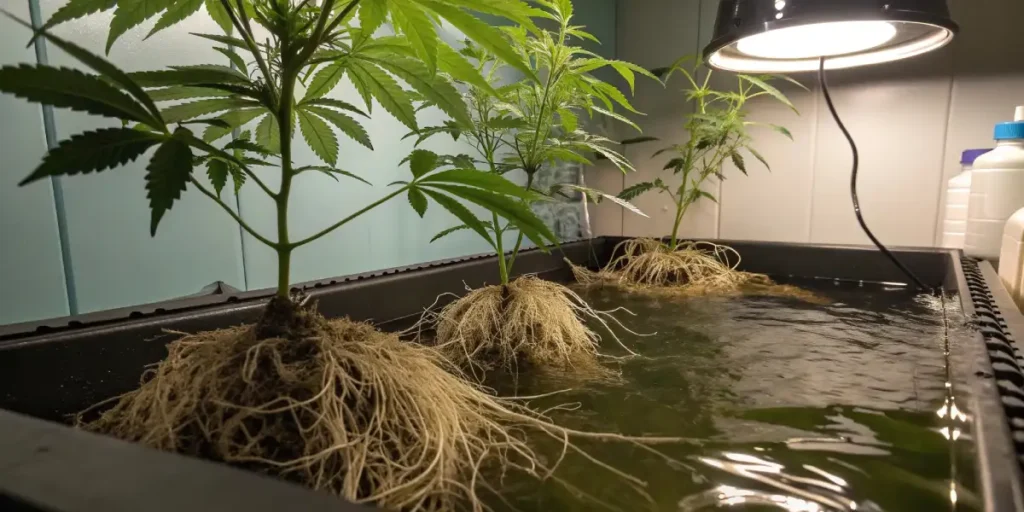
FAQs
What is the white, slimy stuff on my DWC roots?
While some call it “white mold,” it’s almost always the beginning of a fungal infection called Pythium, commonly known as root rot. It’s a sign that your DWC environment is too warm and lacks sufficient oxygen, allowing this destructive fungus to attack your plant’s roots.
What is the number one cause of root rot in DWC?
Warm water with low levels of dissolved oxygen. A reservoir temperature above 21°C (70°F) is a huge risk. This condition suffocates the roots, making them weak and creating the perfect breeding ground for the Pythium fungus that causes root rot.
What is the ideal water temperature and pH for a DWC system?
For optimal health and to prevent root rot, keep your water temperature between 18-20°C (65-68°F) and maintain a stable pH of 5.8. This specific pH level is the sweet spot for nutrient absorption in hydroponics and helps create an environment that is less friendly to pathogens.
How can I treat root rot once I already have it?
You need to act fast. Start by cleaning the reservoir and gently removing the slime. Many growers then sterilize the system with a diluted hydrogen peroxide solution. After that, perform a flush with fresh, cool, highly-oxygenated water (no nutrients) with the pH dropped to 5.5 for a day or two to create a hostile environment for the fungus.


